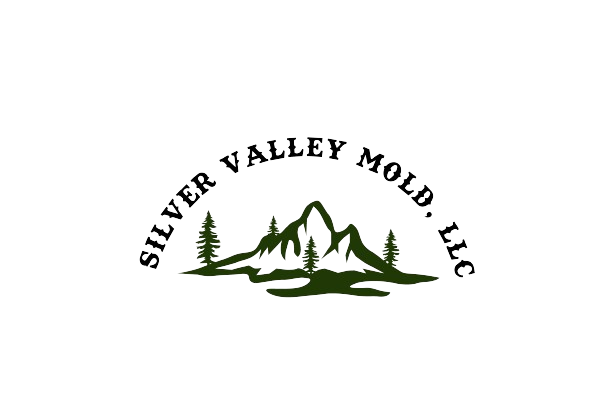DIY Mold Remediation
We often hear that mold remediation is a 5 minute DIY project, sometimes it is. Often times though a mold infestation goes beyond what the average person is capable of remediating. We usually recommend professional remediation but we know how costly it is. If you are choosing to go DIY, let’s go over industry standards when it comes to remediation to ensure things are done right and safely.
Alive and dead mold spores are capable of causing toxic effects and/or allergens, part of what makes remediating mold complex is the effort to control the spread of mold spores. Mold remediation should encompass visible mold growth, mold spores in the air/adjacent surfaces and critically remedying the problem that contributed to the growth in the first place. Is this something doable by property owners, the majority of the time yes. We always stress that people do things right the first time and reduce the exposure you have while working on your mold problem.
Remediation protocols are tailored for each mold problem, there is not always a one size fits all. Let’s cover the topics in a mold protocol
Before remediation begins a plastic barrier should be erected, taped at the seams and functionally trap mold spores from leaving the affected area. Once you have a good barrier, all vents should be taped to keep mold from spreading into HVAC systems. A negative air machine(s) should run continually through the remediation effort to trap spores before they settle. If you have visible mold growth, it should be removed, often times testing before remediation is not necessary since you have a known problem. In cases where mold growth has been hidden or widespread, we recommend doing before and after tests to ensure the growth in it’s entirety has been remediated.
During remediation, workers should protect themselves with at a minimum suits, gloves and respirators. Remediation begins with removing affected material, porous, unprotected material should be double bagged and disposed of properly. Hard surfaces can be wiped down with a version of mold control spay. During this stage we see a common misconception that a bleach solution is effective, it is not! Bleach is roughly 90% water, when the bleach dries which it does quickly it leaves behind water which feeds the mold growth. Most mold sprays from big box stores will be safer, more effective and relatively odor free. All surfaces should be wiped down with a small amount of mold spray and all remnants from the demolition needs to be picked up by hand unless you enlist the help of a true HEPA filtered vacuum designed for this kind of work. You can see how this is quickly becoming exhausting work.
Post remediation, if testing was done pre-remediation then repeat testing is beneficial to ensure the quality of work. We recommend testing a couple days after remediation but before rebuilding. Once the project is complete, another test roughly 6 months later is recommended to locate any overlooked spots. We also recommend our disinfecting services to eliminate any spores that were missed, both on surfaces and in the air.
When considering DIY remediation we recommend consulting a professional first and erring on the side of caution. When choosing a professional for your mold remediation we recommend asking to see their mold remediation protocol that was created for your home and how they plan to keep spores out of unaffected areas.
Mold remediation can be a daunting task, especially in large scale areas. With a systematic approach and safety barriers in place we can reduce risk of spread and reduce further contamination and Silver Valley Mold is available to help during these times.
